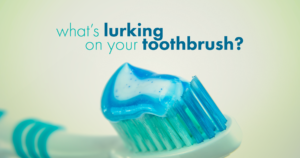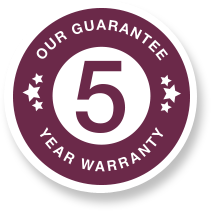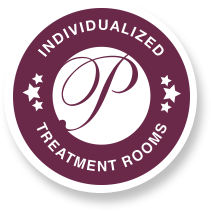How Clean is Your Toothbrush? 3 Gross Things That Could be Lurking–and How to Avoid Them!
You might be tempted to wait until you get a new toothbrush at your next dental cleaning to switch toothbrushes, but if you knew what could be lurking in the brush, you might want to consider switching brushes more often.
-
E. Coli:
Most people keep their toothbrushes in their bathroom, a room that in all likelihood also contains a toilet. When the toilet flushes, microscopic bits of water and fecal matter are aerosolized into the air from the force of the flush. These and the bacteria they carry (including E. Coli) can land on your toothbrush.
-
Streptococcus mutans:
This is the bacteria responsible for tooth decay. It makes sense that you’d find some this on your toothbrush, but you definitely want to minimize the amount. One way to do this is by choosing a brush with clear bristles. One study has shown that clear-bristled toothbrushes carry 50% less of the bacteria since the material they’re made out of is less porous than colored bristles, giving the bacteria less spaces to hide in.
-
Moisture:
At first, it might seem as though it makes perfect sense that a toothbrush would be moist, considering it’s used to brush teeth and is rinsed with water. But if a toothbrush is constantly moist, say if it’s covered and has no way to dry out after use, the moisture can promote the growth of unwanted bacteria and fungi.
So, that’s the bad news. The good news is there are ways to avoid these germ-y situations! First, store your toothbrush inside a medicine cabinet rather than in the open, and replace your toothbrush periodically. You can also soak your toothbrush in antibacterial mouthwash or hydrogen peroxide overnight—just make sure you rinse thoroughly and switch the soaking liquid each day. Additionally, you can periodically sanitize your toothbrush buy boiling it for a few minutes or running it through the hot cycle in your dishwasher (without soap!). There are also toothbrush sanitizers that you can purchase for home use.







